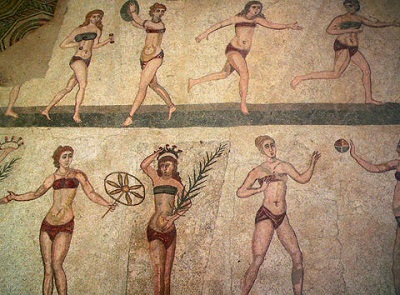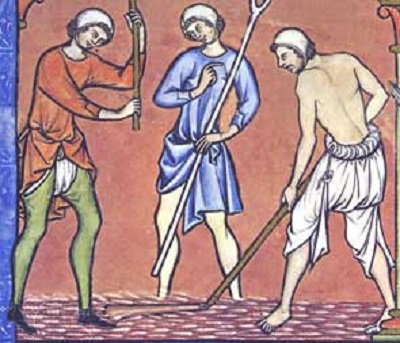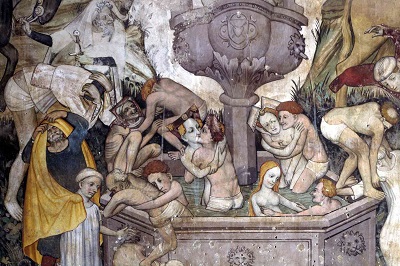Underwear has been a marked product in terms of gender. This fact might seem only natural given the practical needs that an undergarment is meant to satisfy, needs that have to do with anatomy or biological sex. Yet, as we have touched upon many times over the course of this blog, there is no pure biological sex unmediated by the cultural meanings of the social gender. This way, undergarments are a stylistic means to perform a certain gendered and sexual self and thus when looking at an undergarment, we look at the same time at a series of normative ideals regarding gender.
Looking back at these old archival ads or artistic depictions of underwear, the first thing one notices is the sheer lack of diversity and inclusivity. The vast majority of the models are white, cis-gender, able-bodied, etc. One might even argue that the history of underwear is the history of societies in terms of who counts as a customer and by extension as a citizen. The exclusions the fashion industry leaves untouched are further reproduced in the visual field by making some bodies, and not others, visible in the public sphere. On top of that, these exclusionary representations have always been carefully curated for the eyes of a male audience, even in the case of womenswear. In this sense, the history of underwear is exactly that, the his-tory of the male gaze at women’s bodies, a disciplining of the female body and the proper femininity according to male standards.
And last but not least, fashion goes around in a circle! Digging up undergarments’ past is something each fashion designer does on a regular basis as past designs are a huge source of inspiration. These ‘references’, as we call them, are really powerful as they resonate with the present and capitalize on a common fashion history we are familiar with thanks to periods and historical dramas.















 Login
Login